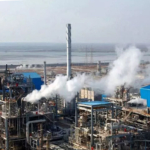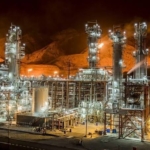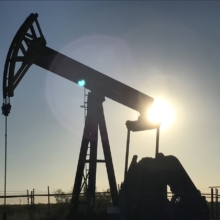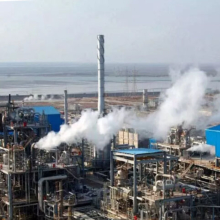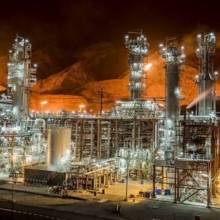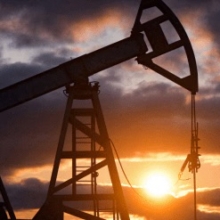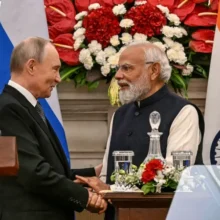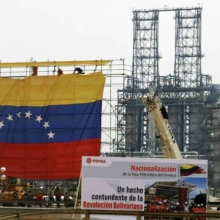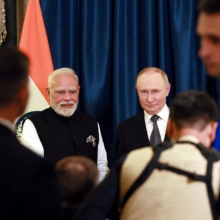Saudi will not waste a Trump-fuelled oil crisis
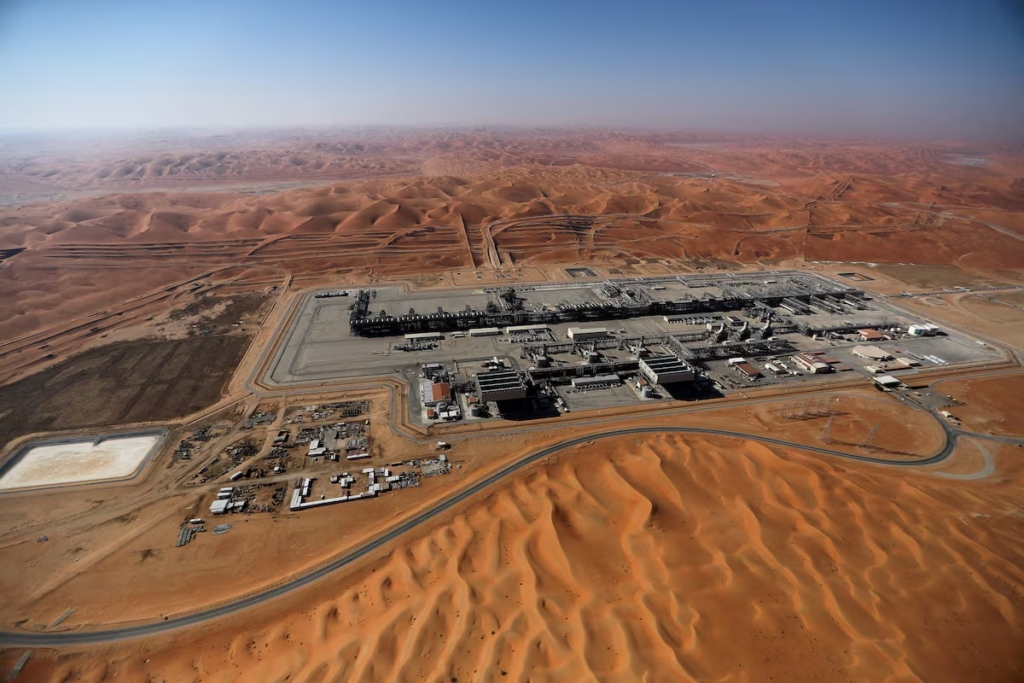
RoydadNaft – President Donald Trump’s global trade war has created tumult in the oil market that Saudi Arabia did not seek, but can turn to its advantage even if its window for navigating a price war is narrow.
Tensions in the world’s largest commodity market have been simmering for a while. Rising global production, slowing consumption growth and deepening uncertainty over the long-term demand outlook have largely kept oil prices in a steady range of $70 to $90 a barrel in recent years.
Saudi Arabia, OPEC’s de-facto leader and the world’s biggest oil exporter, has grown impatient with non-compliant members.
The top three offenders are Kazakhstan, Iraq and the United Arab Emirates, which have repeatedly failed to stick to production quotas under a series of agreements since 2022 to reduce output by 5.85 million barrels per day.
Each exceeded its February quotas by at least 300,000 barrels per day, accounting for most of the larger group’s overproduction of 1.2 million bpd that month, according to the International Energy Agency.
WARNING SHOTS
Riyadh issued its first warning shot the day after Trump’s tariff announcement as financial markets entered freefall.
The price of its flagship Arab Light grade was cut to a premium of $1.20 a barrel above the average of Oman and Dubai rates. That is down $2.30 from the previous month, the biggest cut in more than two years.
These aggressive moves signal that the Kingdom is willing to take a financial hit to reestablish discipline and undercut other sellers to gain market share.
2014 REDUX?
The current moment might feel similar to 2014.
That year, Saudi Arabia memorably flooded the market with oil to try to overwhelm upstart U.S. shale competitors and reassert its supremacy. Brent crude prices more than halved in the six months to January 2015 to $51 a barrel, leading to a protracted slowdown in new investments.
There are certainly common elements today.
So if oil prices persist at their current levels for a sustained period, many U.S. producers will be forced to scale back operations, especially given that drilling costs look set to rise due to Trump’s tariffs on steel and equipment.
So what is different this time around?
Another difference is that the Saudis will likely have much less room and time to navigate.
Riyadh will not want to risk seeing prices crater or let any price war go on too long, as that could lead to a collapse of the already weakened OPEC+ alliance, which has become a central element of the Kingdom’s foreign policy.
Additionally, Saudi’s economy depends on high oil prices. It will require an average oil price of $91 a barrel this year to balance its national budget, according to the IMF.
By contrast, one of the other major OPEC+ powers, the UAE, can break even at $50 a barrel.
This chasm may make Riyadh hesitant about entering a lengthy price war that it is not best placed to withstand.
For now, the turmoil in global markets has given Saudi Arabia an opportunity to impose its will on other OPEC+ producers and challenge drillers outside the group. But Riyadh may find that it has become tougher to win a price war, especially one it did not intend to start.


